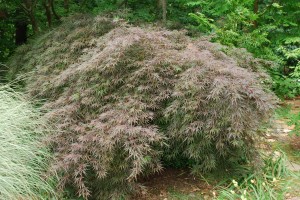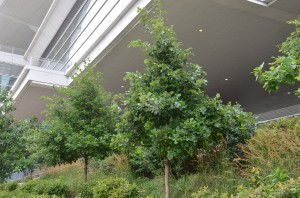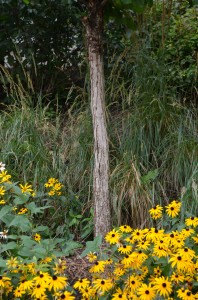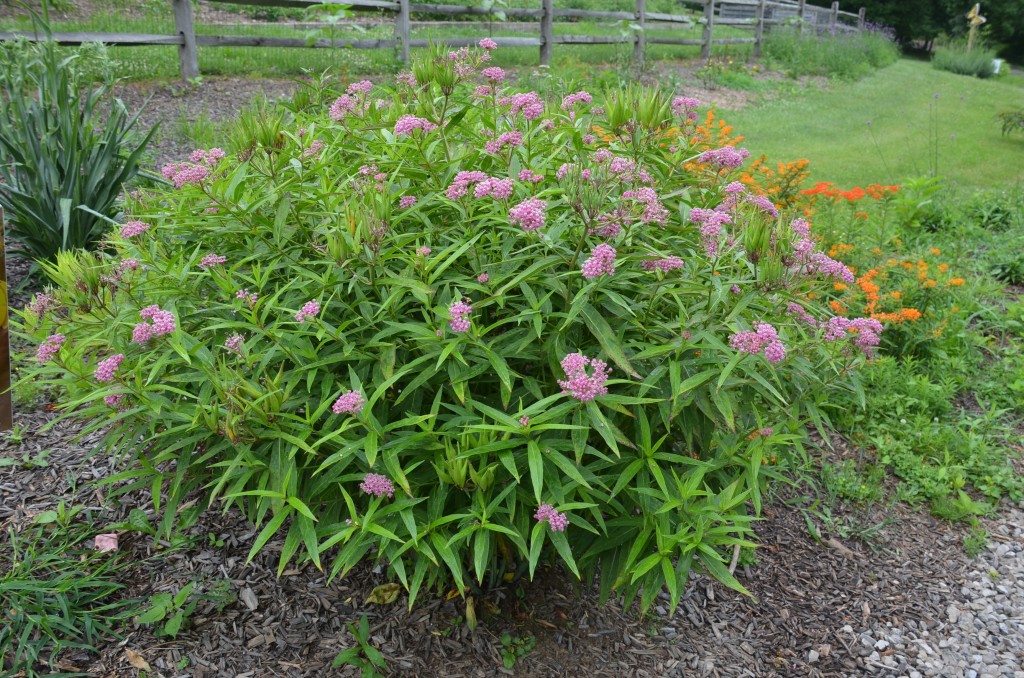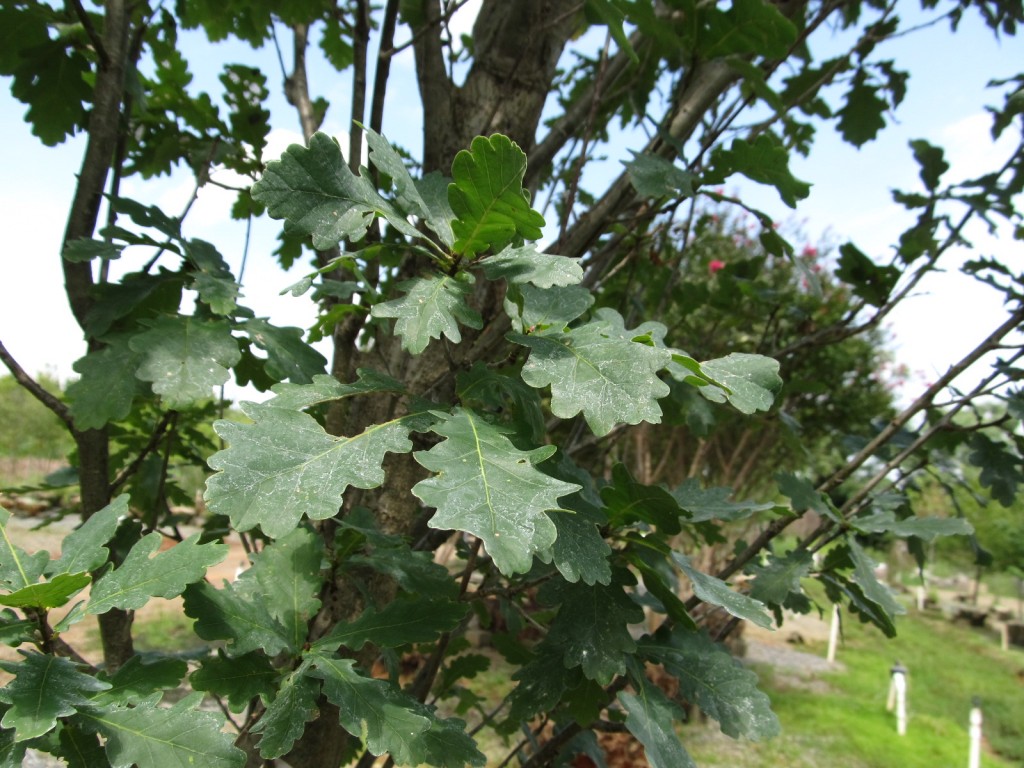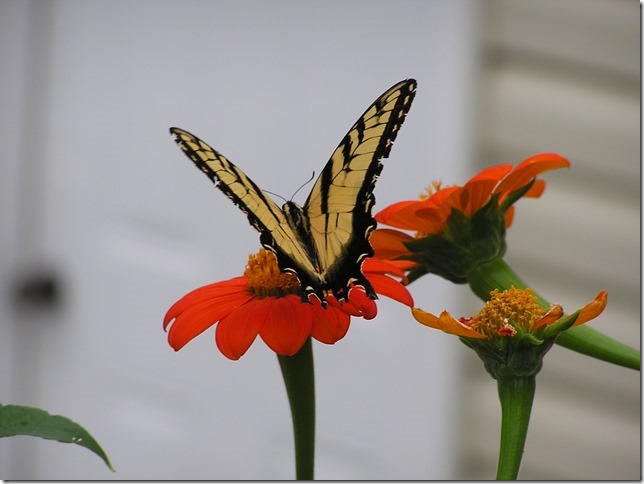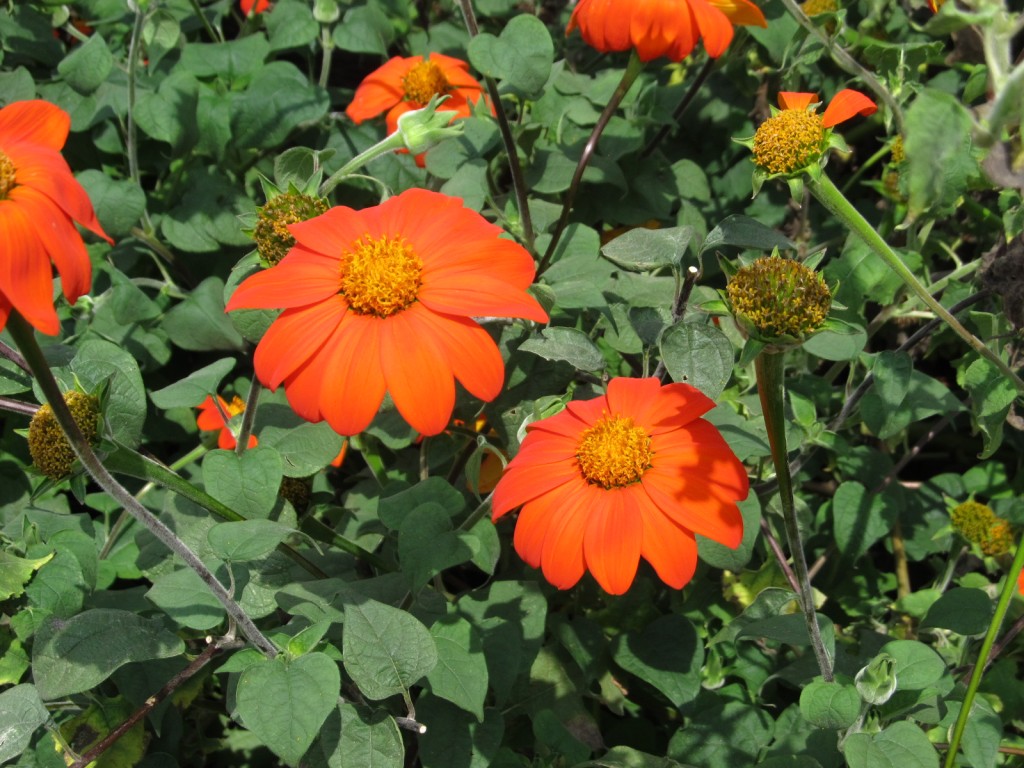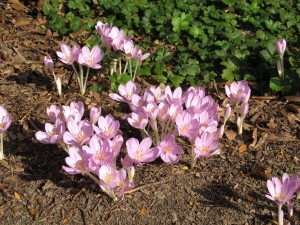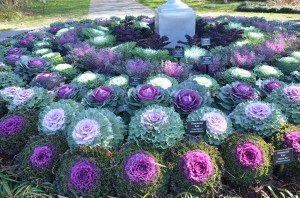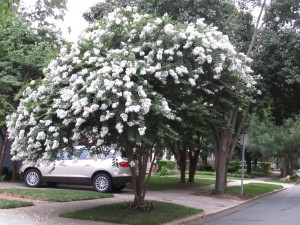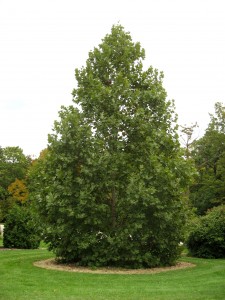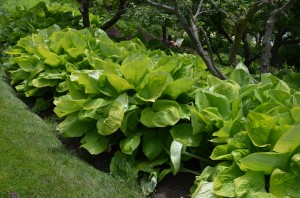Tamukeyama Japanese maple (Acer palmatum ‘Tamukeyama’) is a long-lived botanical treasure (USDA hardiness zones 5-8). Tamukeyama is a short 6-8 feet tall multi-stemmed deciduous tree. It grows slightly taller and its foliage tolerates hot summer sun better than ‘Crimson Queen’.
Tamukeyama grows best in full sun to partial shade. It prefers moist well-drained soil and shouldn’t be allowed to dry out. It is not particular as to soil pH, but performs best in compost-rich soil. Don’t plant on a hot dry site and protect from strong winds.
Its lovely cascading branches spread 12 or more feet wide. The finely dissected palmate leaves are 2-4 inches with 5 to 7, sometimes 9 lobes or points. Foliage color changes with the season and may scorch in southerly climes in full sun (zones 7b -8). In mid-spring small reddish-purple flowers open. Pairs of winged samaras ripen in September-October.
In the spring deeply-cut fine palmate leaves emerge crimson red, loses much of its deep burgundy color over the summer, and finishes bright red in mid-fall. Its gray (with reddish tints) bark and thin wiry cascading branches are impressive winter features.
When properly sited, Tamukeyama is rarely troubled by diseases or pests. Stem cankers and leaf spots are problems when soils are arid in a summer drought. Verticillium wilt may also occur on poor sites. In most springs Tamukeyama tends to avoid frost problems by leafing out 7-10 days later than many other cultivars.
If you worry about growing Japanese maples, Tamukeyama is a good reliable cultivar to select. It is very low maintenance. Summer is the best season to prune Japanese maples to prevent bleeding sap, a common malady observed in trees pruned in late winter or early spring.

